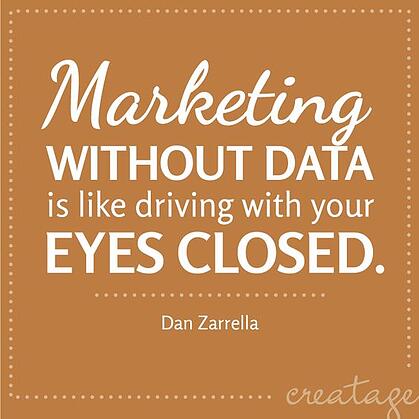Perhaps you’ve used analytics before in your business, but how thorough and easy to understand were those analytics? WiFi analytics solutions include improved technology that goes beyond basic information to give you true insight into your restaurant business and its patrons.
Are you still using an outdated data collection strategy to understand who your customers are and predict future in-store traffic?
WiFi analytics is perhaps your most recent foray into restaurant marketing. As innovative as this is, you may want to take a deeper look at the location analytics and other data available through in-store analytics generated through your social WiFi network for some great restaurant marketing ideas. For operations managers and marketers, the information available can make a huge difference in how and why you launch specific marketing campaigns, schedule staffing and execute data-driven purchasing.
Using Real-Time Data to Determine Future Demand

With real-time analytics collected through your guest WiFi access point(s), you now can determine how much demand your marketing campaigns are creating. As Harvard Business Review notes, this helps control costs on buying inventory and planning menu items.
In many cases, once a customer logs into your WiFi network, you can easily and passively offer deals and other customer loyalty incentives. You can invite your customers to be a Facebook follower or a Twitter follower and more thoroughly engage with your most loyal customers.
Even more valuable is the ability to use data analytics from multiple store locations. You’ll know what time of the day is popular with marketing niches, and what target demographics are frequenting which locations. Then you can plan menu offers and specials accordingly. Customers who visit multiple locations, by virtue of their shopping habits, can contribute to the information used to appeal to other potential loyal shoppers with similar demographics. And real-time data lets you know whether the marketing campaign you’ve created requires optimization or should become abandoned to save money.
How WiFi Analytics Can Aid in Operations
While marketers can gain a lot of insight from in-store analytics, consider the impact on your operations manager. If you’re using WiFi analytics, your operations team should always be involved in reading your metrics. In helping them predict foot traffic, they can schedule staffing, inventory buys and even investigate potential changes to operating hours to accommodate customer demand.
Factors such as competitive pricing may be less important than offering store hours that correlate to customer shopping preferences. If you don’t lower prices, you aren’t sacrificing margin. Through Wi-Fi technology, you’ll be able to track customer traffic, return visits and customer churn rates.
Better Staffing Schedules
A major aspect to in-store analytics is knowing how much staff you may need at a given time. By carefully tracking foot traffic and seeing when your peak hours are, you’ll be able to schedule staffing with greater accuracy.
Now you can eliminate scheduling too much staff to cover during parts of the day when foot traffic is at its lowest. You eliminate waste this way and bring in more profitability while not spending money on something unneeded.
Bringing a Better Overall Customer Experience
Using WiFi analytics to determine how customers behave at your locations lets you shape things for a more meaningful time on your premises. Since these metrics determine how effective your visual merchandising is, you’ll know whether your in-store product placements and advertisements are really working.
By adjusting to what customers prefer, you’re giving them a better in-store experience. And through A/B testing, you’ll determine how personal your store marketing should become while always keeping your customers’ favorite items in stock.
Visit us at Bloom Intelligence so we can help you gather in-store analytics for your operations managers and marketers. We use Wi-Fi access points to gather these metrics for you.




.svg)